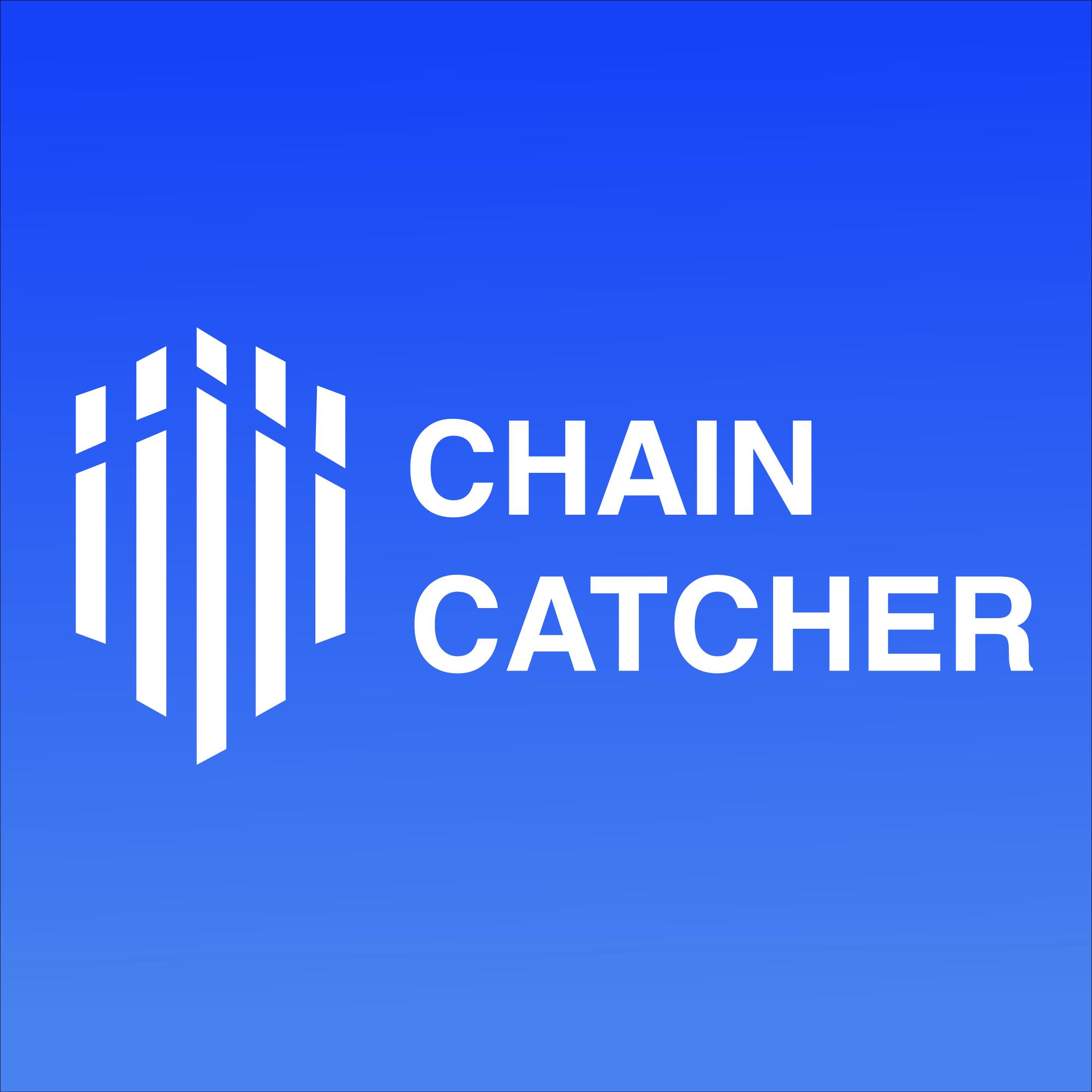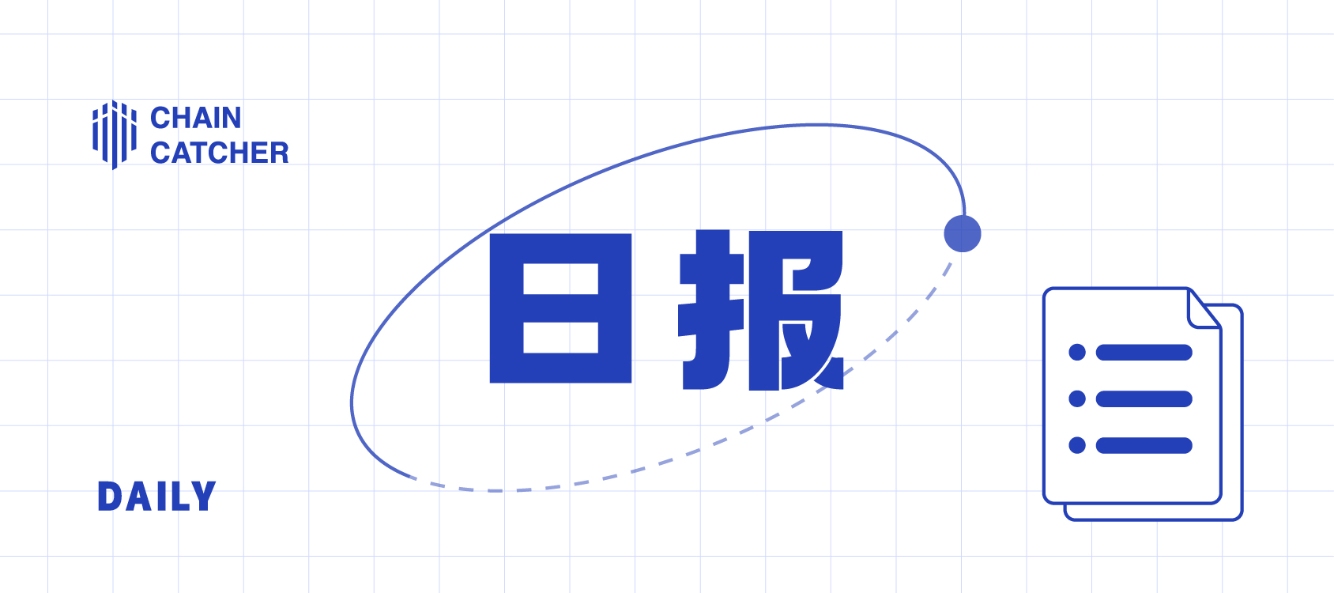Daily Report |BlackRock may purchase Bitcoin spot ETF for its Global Allocation Fund; Vitalik: DePIN seems to be a new name for projects like StorJ
Organizer: Luan Peng, ChainCatcher
"What Important Events Happened in the Last 24 Hours"
1. BlackRock May Purchase Bitcoin Spot ETF for Its Global Allocation Fund
According to ChainCatcher and a report from The Block, BlackRock may purchase Bitcoin spot ETFs for its Global Allocation Fund based on the latest documents submitted to the U.S. SEC.
The company stated in its Thursday filing: "The fund may purchase shares of exchange-traded products (ETPs) that track the performance of Bitcoin, including Bitcoin ETPs from BlackRock's subsidiaries."
As of March 7, the Global Allocation Fund has assets under management of $17.8 billion. Earlier this week, BlackRock also applied to include Bitcoin spot ETFs in its Strategic Income Opportunities fund, which has over $36.7 billion in assets. (Source link)
2. Entangle Releases NGL Token Economics, 3% of Tokens Will Be Used for Airdrops
ChainCatcher reports that the cross-chain DeFi protocol Entangle has released its NGL token economics. The maximum supply of NGL tokens is 1 billion (to be achieved when the Infra Reserve tokens are unlocked after 36 months), with an initial circulation of 21,565,000 tokens. Of these, 15% will be allocated to the foundation; 12.8% will be allocated to the ecosystem; 41% will be allocated to the community and liquidity; 3.25% will be used for public sales; 27.95% will be allocated to strategic investors; and 3% of the tokens will be used for airdrops to reward users who contribute to the community after the mainnet launch. (Source link)
3. Vitalik: DePIN Seems to Be a New Name for Projects Like StorJ
ChainCatcher reports that Ethereum co-founder Vitalik posted on Warpcast: "In the DePIN project, which projects are considered most likely to succeed? This category seems to be a new name for something that has existed for a decade (StorJ, various decentralized Ubers, etc.) but has never taken off? So why might it take off now?" (Source link)
4. Binance Plans to Suspend Deposits and Withdrawals for Ethereum, Arbitrum, and Other Networks on March 13 at 21:25 to Support Ethereum Network Upgrade and Hard Fork
According to ChainCatcher and an official announcement, Binance expects to suspend token deposits and withdrawals for Ethereum (ETH), Arbitrum (ARB), Optimism (OP), zkSync Era, Base Protocol (BASE), Manta Network (MANTA), Starknet (STRK), and Polygon (MATIC) networks on March 13, 2024, at 21:25 (UTC+8) to support the Ethereum network upgrade and hard fork.
The project team will conduct the network upgrade and hard fork at epoch 269,568 (expected at 21:55 on March 13, 2024, UTC+8). (Source link)
"What Interesting Articles Are Worth Reading in the Last 24 Hours"
While it is said that in a bull market, new projects are favored over old ones. However, some established projects that have weathered a long bear market and returned to the table with a new narrative are still finding buyers in the market.
Some projects have already tasted initial success; Arweave (AR) announced a shift from decentralized data storage to "Ethereum killer," surging 50% within 24 hours; Nervos Network (CKB) transformed from a UTXO-based Layer1 to the hot Bitcoin Layer2, with a rise of over 300% in nearly a month.
Currently, the popular tracks for transformation among old projects include Bitcoin Layer2, AI, and DePIN. ChainCatcher has compiled a list of projects that have recently changed their "clothes."
Bitcoin reached a previous high of around $69,000 in March, and the hot sales of Bitcoin ETF products may be the biggest influencing factor, with institutions increasingly impacting the crypto market. How to formulate optimal trading strategies based on institutional movements could be a good approach, and observing on-chain data might help.
After DeFi Summer, the development of on-chain infrastructure has accelerated, and on-chain activities have become increasingly transparent. The holdings and transfers of whale addresses can significantly affect coin prices. Therefore, these whale on-chain activities hide a lot of trading value.
This article will delve into on-chain holdings, covering well-known institutions, active market makers, and industry opinion leaders. Users can easily view this information with just one click on RootData's project, institution, or personal pages. Notably, RootData's structured handling of data extends from MakerDAO's related data to its founder Rune, or similar projects like Uniswap, and even a16z Crypto.
Additionally, RootData has launched a tracker feature that tracks the dynamic addresses of on-chain entities in real-time, covering tens of thousands of addresses including exchanges, VCs, individuals, and project treasuries, providing a higher level of on-chain readability through the linkage of on-chain and off-chain data.
3. “In-depth Analysis of ERC404: Pandora's Box or Liquidity Revolution?”
Every bull market in crypto brings new asset issuance methods and corresponding technical standards, from ERC 20 FT on Ethereum to ERC 721 NFTs, and now to the current BTC on-chain inscriptions, with BRC 20 being the most recognized in the market. Recently, inscriptions have also been referred to as semi-fungible tokens (SFT). This article will introduce a new experimental standard on the Ethereum chain, ERC-404, and its first asset, Pandora.
Assets created based on 404 establish a corresponding exchange relationship between FT and NFT, achieving bilateral liquidity by simultaneously utilizing ERC 20 and ERC 721, meaning each FT will automatically mint an NFT. If the purchase is less than one, the corresponding NFT will not be minted. If users buy, sell, or transfer FT and it affects the integer FT change, the NFT will be destroyed and re-minted, with the attributes of the re-minted NFT automatically programmed. If users wish to retain the NFT, they can directly trade or transfer the NFT, which will remain unchanged.











